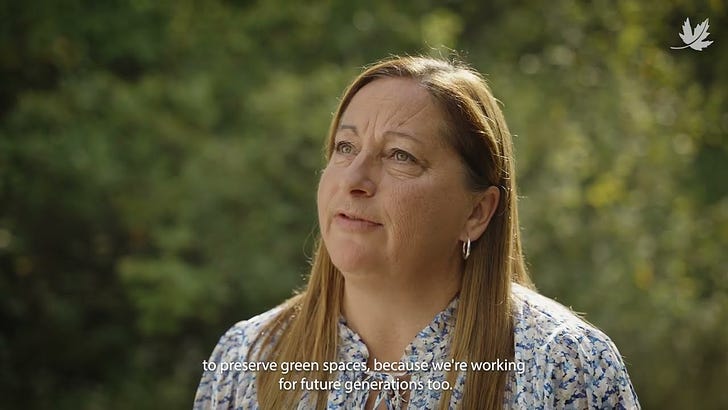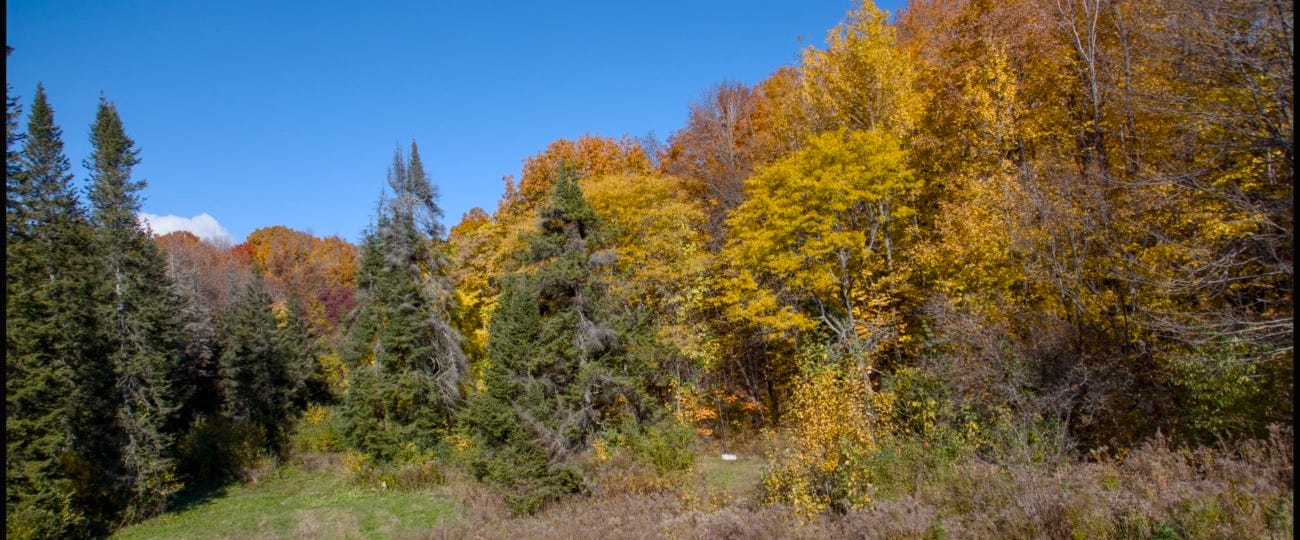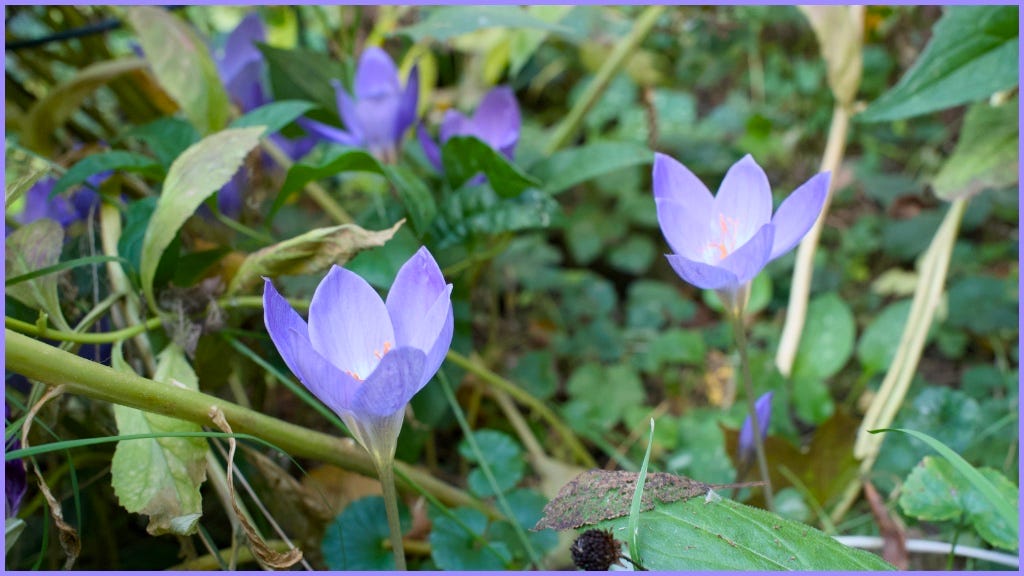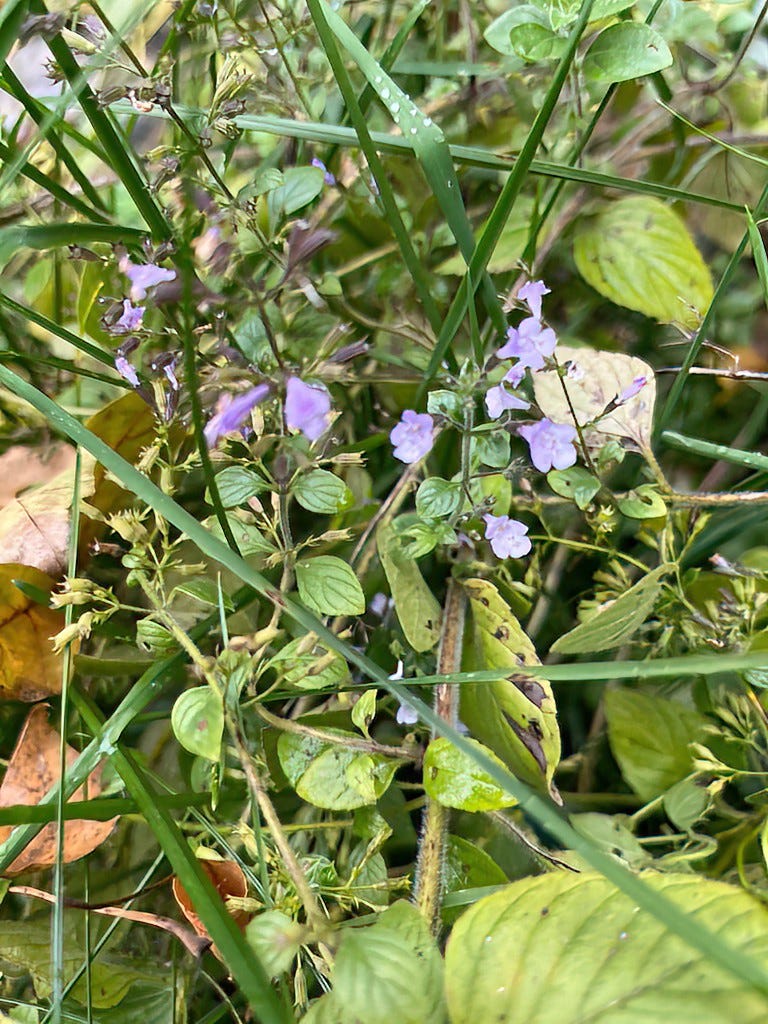Nature Conservancy Canada - Down the Road
This is exciting. Our favourite conservation charity, Nature Conservancy Canada, this week announced the acquisition and preservation in perpetuity of an area of rich woodland on Ile-Perrot, just across the water from the end of our road and maybe ten to fifteen minutes drive away at the most. Some interesting images in the video (in French, but with subtitles) that I have linked to just down the page a bit.
https://www.natureconservancy.ca/en/where-we-work/quebec/news/pointedudomaine.html
The woodlands and wetlands in the Pointe-du-Domaine sector were identified by NCC due to their high biodiversity level. The forest is generally undisturbed and at an intermediate stage of maturity. The site is rich in shade-tolerant hardwood and mixed stands. Several plant species have been observed here, including American cancer-root, a plant designated as threatened, and three plants likely to be designated as provincially threatened or vulnerable. South of the woodland, two wetlands and an intermittent stream provide occasional habitat for chorus frog, a species designated as threatened in Quebec and Canada.
Meanwhile …
The glorious yellows and browns and golds and reds of autumn/fall are coming to an end. All the late summer wild flowers in the gardens and on spare land – Golden Rod for example, Phlox, Rudbeckia, Knotweeds, Obedient Plant and, of course, the wonderful range of Asters wither variations on blues and purples have out their colours to one side and are now adorned with seed heads which are being enjoyed by the birds. Make a point of looking at them close to, but know that the mini-seeds will cling to the fabric of your clothes and need brushing off when you get home again. Then there are the fruits of such things like Winterberry, White Baneberry, Jack in the Pulpit, Mountain Ash and many more - not yet the time to retreat indoors under a blanket.
October marked the end of the migratory bird season, and soon we’ll be eagerly waiting for the first Snow Bunting and Snowy Owls of winter. But unfortunately, neither of those will be gracing our garden. However, we’ve got a bunch of Dark-eyed Juncos, Chickadees by the dozen, House Finches, and occasionally Purple Finches. And guess what? The Carolina Wrens are staying put too! This year, we’ve also added an exciting new bird feeder to our system. It’s a polycarbonate circular feeder with a deep dome that looks like a flying saucer. It holds a whopping several pounds of sunflower seeds, which birds can access through ports in the base or by flying under the dome and diving knee-deep into the seeds. The Carolina Wrens were among the first to figure out how to use this feeder. Since they’re ground-feeding birds, they’ve decided it’s the ultimate treat. Unlimited food, safe from predators and rain - what more could they ask for?
Looking back on the summer, it’s clear that there are fewer insects in the garden each year. This isn’t a huge surprise, given what’s happening in the world, but it’s still a bit concerning. Butterflies are probably the most noticeable absence, but there are a few other species, like small solitary bees, that are making up for it. They seem to have found something they like in our meadow. Bumblebees were already here, too. The most surprising thing is the occasional appearance of dark red or orange aphids, especially on asters and milkweed. But it seems like the world isn’t really paying attention to this problem. People aren’t as worried about the decline of insects, birds, frogs, mice, or any other animals. You name it, they’re not as common as they used to be. (Quote - Syd Weedon on Substack) _“Even the loss of one seemingly insignificant animal can disrupt an entire ecosystem. If the mice die out, the wolves and foxes starve. If the dragonflies die off, the population of mosquitoes explodes. Ultimately, the loss of species affects the quality of human life.”_
A few months back, I told you about an active wasp nest in an old log by the pond. Well, it’s gone now with the cold nights. I can’t wait to turn the log over and see how big the colony was. They were never any trouble, just going about their waspish business in a civilized manner. I think that may be because of the height of the surrounding plants ensure that wasps leaving the hole in the log would fly upwards to at least ten or more feet before leveling out and going wherever they needed to go instead of heading to check out the gardeners or the deck. Did you know that wasps are actually helpful? Here’s a quote from Kate Bradbury’s excellent book (ONE GARDEN AGAINST THE WORLD) that explains it:
Wasps take nectar from flowers. They are efficient pollinators, but so too will they find grapevines and plum trees and can destroy whole crops. Then, when the fruit falls and ferments, the wasps eat it, and some suggest they get 'drunk'. Along comes the human, flapping the wasp away - of course, you are a huge threat.
To garden for the common wasp is to give it space. Let it live! They make paper nests in sheds, lofts and underground. If you can, give a nest a wide berth throughout summer or remove it early in the season so the queen can find another spot to start again. Wear light clothes and stand still if one flies around you. Leave wasp nests in your roof, keep your eyes peeled in early summer for wasps gathering caterpillars and aphids from your plants, and marvel at how hard they work. Then, as the season fades, let them have a bit of jam. Go on, it's a nice thing to do, a kind thing, and it might just save your plums.
Briefly, there were autumn crocuses to admire
Lesser Calamint
Meet the Lesser Calamint (Clinopodium nepeta), a tiny perennial mint that’s one of the few wildflowers still blooming this late in the year. It’s a low-growing plant that smells like a delightful mix of mint and oregano. You’ll find it thriving in the summer and into the fall. While it may not be the most showy flower, it’s a good addition to your garden and neighborhood. A magnet for honeybees and butterflies. If you’re adventurous in the kitchen, it is used in goat cheese production in southern Italy and to flavor boiled chestnuts in Galicia, Spain.
“Horrors” Follow Hallowe’en
“ … the world is full of hidden dangers, lurking on the margins of intuition, brooding and seething and aching to colonize and overthrow and subjugate in an insatiable march of egomaniacal self-advancement … Each Cordyceps species, while devastatingly fatal, is also elegantly restrained. Cordyceps only infect arthropods to begin with, and while there are hundreds of different species of Cordyceps, each one is limited to a very specific host”
Follow this link to be suitably horrified …
Literary Birding
“There are HOW many bird species here?! “Birds will give you a window, if you allow them. They will show you secrets from another world– fresh vision that, though it is avian, can accompany you home and alter your life. They will do this for you even if you don't know their names– though such knowing is a thoughtful gesture. They will do this for you if you watch them.”
― Lyanda Lynn Haupt : Rare Encounters with Ordinary Birds“I had forgotten you were a bird-watcher till you reminded me just now. You went in for it at Oxford, I remember. It isn’t a thing I would care to do myself. Not,” I hastened to add, “that I’ve anything against bird-watching. Must be most interesting, besides keeping you” – I was about to say “out of the public houses” but thought it better to change it to “out in the open air”.“What’s the procedure?” I went on. “I suppose you lurk in a bush till a bird comes along, and then you out with the glasses and watch it.” ― P.G. Wodehouse, Aunts Aren't Gentlemen”
Probably some readers might enjoy this new addition to the internet world …
Nature Art Book Club
There's nothing 'elite' about environmentalism - A deeply flawed narrative has cropped up
https://montrealgazette.com/opinion/opinion-theres-nothing-elite-about-environmentalism
The key argument is in the following extract - the author then gets into city politics that you can happily ignore, but this central nub is what we need to be concerned about. Environmentalism is not élitist at all unless you have ulterior motives. You know the quote - follow the money.
A new narrative surrounding environmentalism seems to be emerging, one that frames environmental protection as the purview of the elite. Sure — so it goes — we’ll think about the environment once we’ve got food on our plates and a roof over our heads … To frame environmentalism as anything other than collective action for our common good is a seriously flawed posture, one that promotes a false opposition between issues that are, in reality, deeply interrelated.
We are in danger of forgetting what the climate crisis means: extinction
… what is often missing from environmental campaigns is a hope for the future. Doom and gloom cause people to switch off. But nature is surprisingly resilient, and rebounds if given half a chance. What if movements led with a positive vision of clear water, clean air and birdsong?












Wow! Where to start in commenting on this omnium gatherum of fascinating notes and links?! So I won't! As our maid (yes, we had one) once chastened me when I was a little kid uncertain of what toy to play with, "Just choose one!" So here goes.. the remarks on insects stood out. We too saw less of them in our small garden this year save for the bees who had a boom year. Montreal to Oregon- that's alarmingly widespread. Wasps..amazing information! Giving them preserves never would have occurred to me! With all our decaying apples on the ground below the espalier tree, they could make their own medlar jelly. I always give them a wide berth. They're admirable tireless workers certainly, but ever since a black a'vised one chased me into the house and tried to get at me through the screen door...